Heritage Granary in Poland Transformed Into Modern Apartments
Housing is growing increasingly scarce in cities around the world. With populations rapidly urbanizing, creative solutions are almost always required (especially in the form of plentiful affordable options), but that still doesn’t mean they should resort to erasing local color, culture, and heritage. Converting historic industrial architecture to multi-family residences is a much more respectful way to approach the problem.
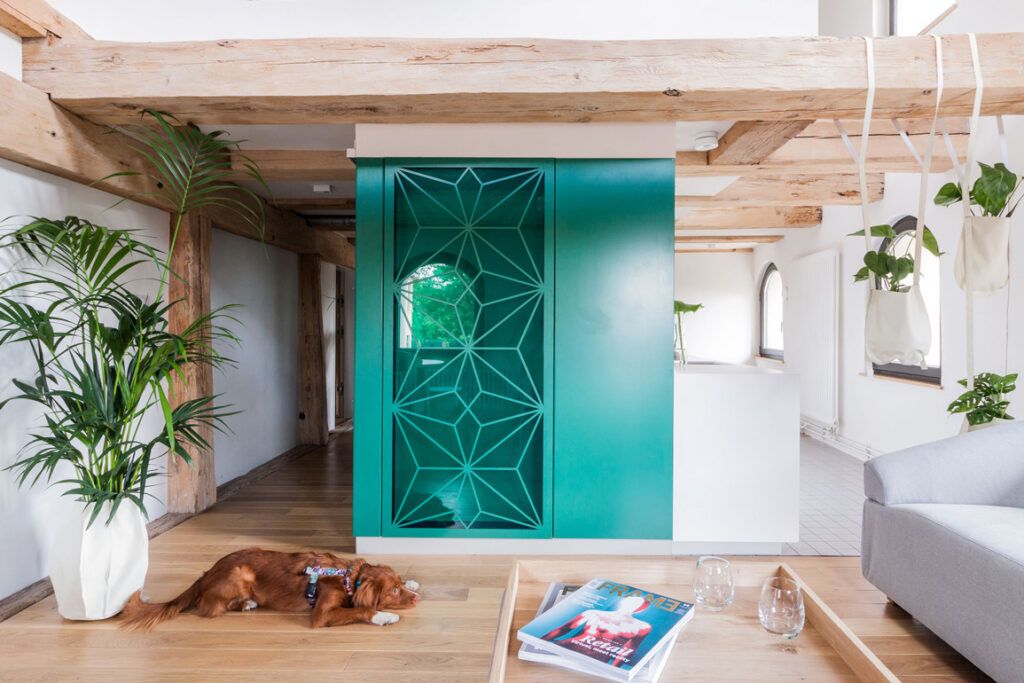
“Monka Apartments” offers a beautiful example of this process in the medieval town center of Torún, Poland, which has been listed as a UNESCO World Heritage Site. A centuries-old Gothic granary with beautiful bones offered an interesting possibility for conversion to housing, but its layout presented a few challenges. Originally designed with industrial usage in mind, the building features numerous large round-topped windows through which sacks of grain were once moved in and out of each level, but the ceilings are low, and the internal rooms lack access to natural light altogether.
Architect Pawel Tatara teamed up with the firm Znamy Sie to design nine new apartments on the second, third, and fourth levels of the building, with the ground floor being occupied by Monka Restaurant. The two knew they wanted to preserve as much of the historical structure as possible, with minimal modern interventions being made, but the client wanted the residences to have a bright, airy, and decidedly more contemporary feel.

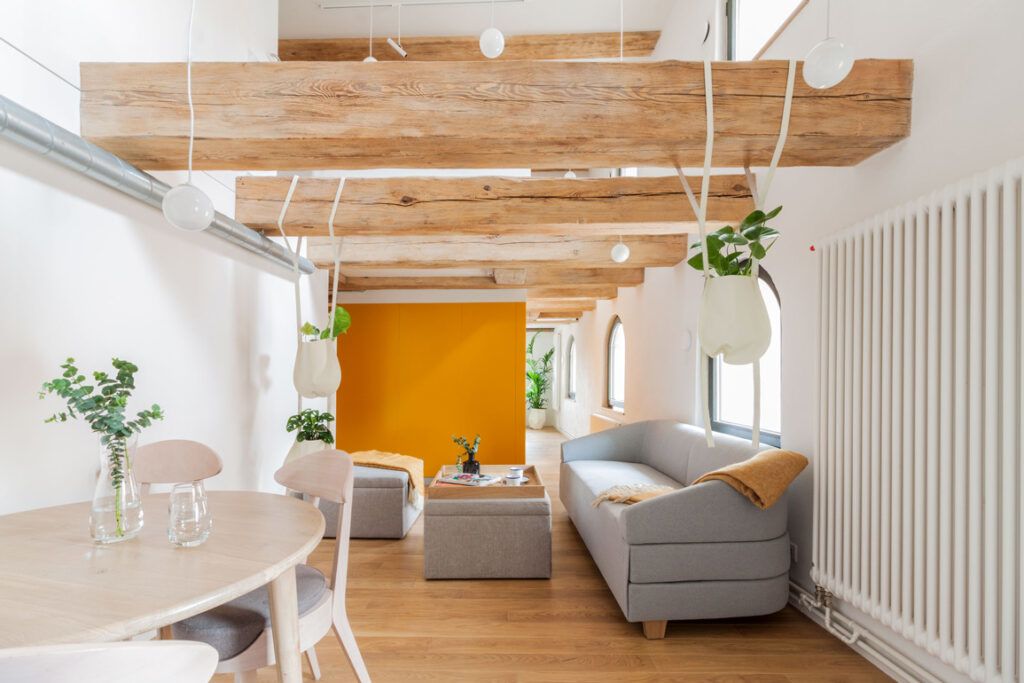
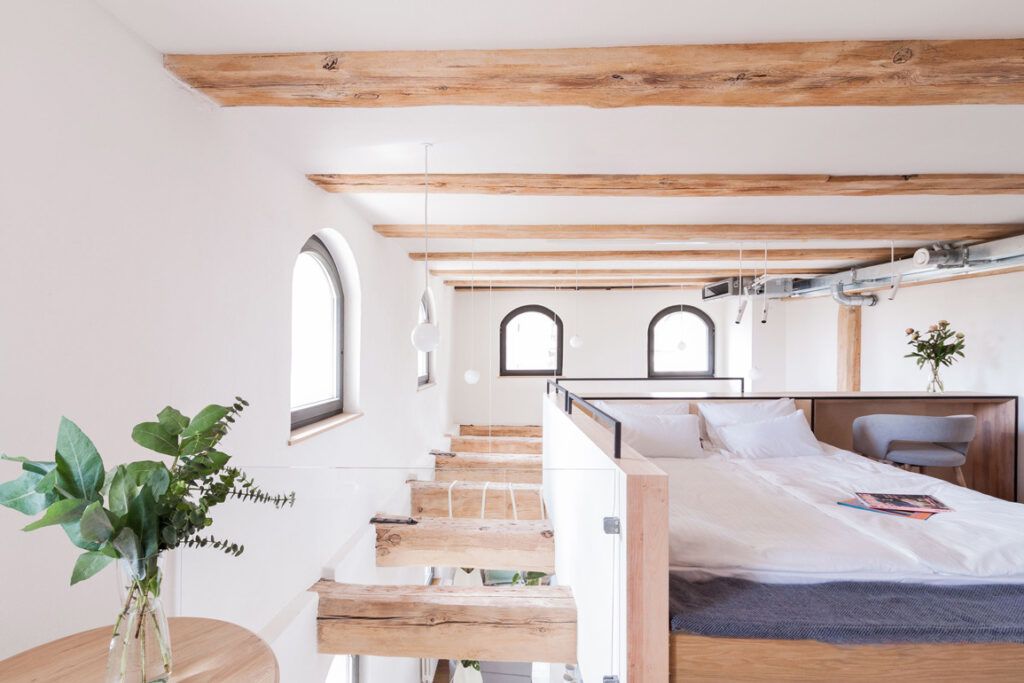

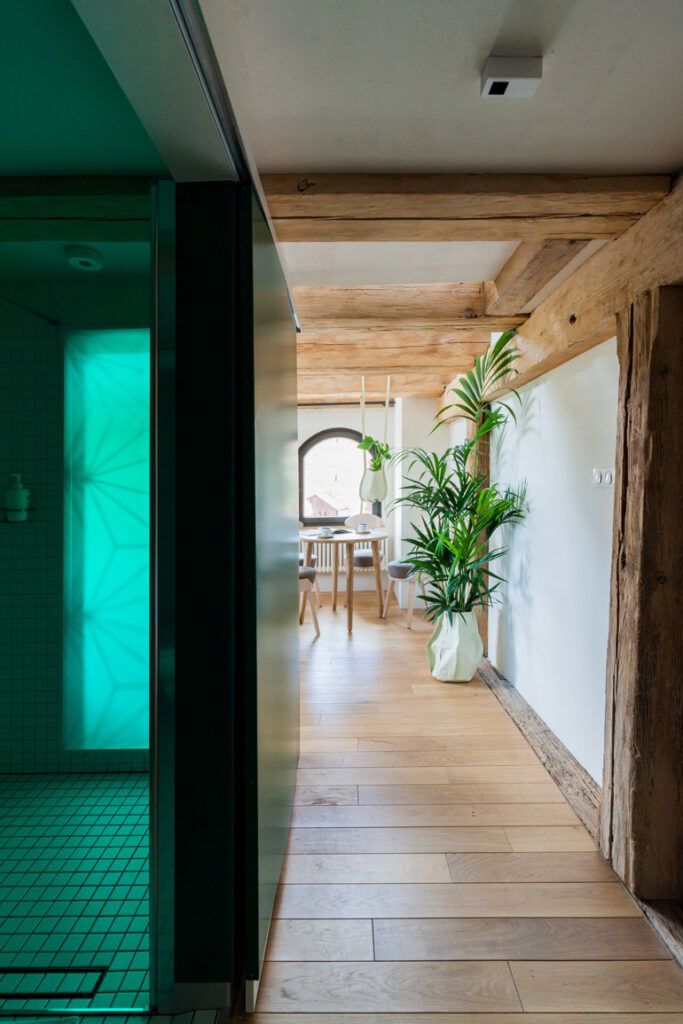
Many developers would have simply inserted single-level apartments into each floor, but the results would have been dark and dreary, especially toward the center of the building. This team chose to remove some of the floors and ceilings to create multi-level lofted apartments instead. The result is a mix of apartment sizes and styles, with some smaller units mostly occupying a single floor, a few with lofted bedrooms, and a few more spacious ones stretching all the way up into the building’s gabled top floor.
Because most of the original structure was left intact, each unit is entirely unique, enjoying its own individual character. To both enhance this uniqueness and unify the apartments while ensuring that daylight streams all the way into the building, the architects added a colorful steel volume to the interior of each one. These “cubes” contain the bathrooms and divide the space between the living areas and bedrooms. Both the color of the cube and its geometric motif, inspired by the stained glass windows of the Cathedral of St. Janów, are unique to each unit.
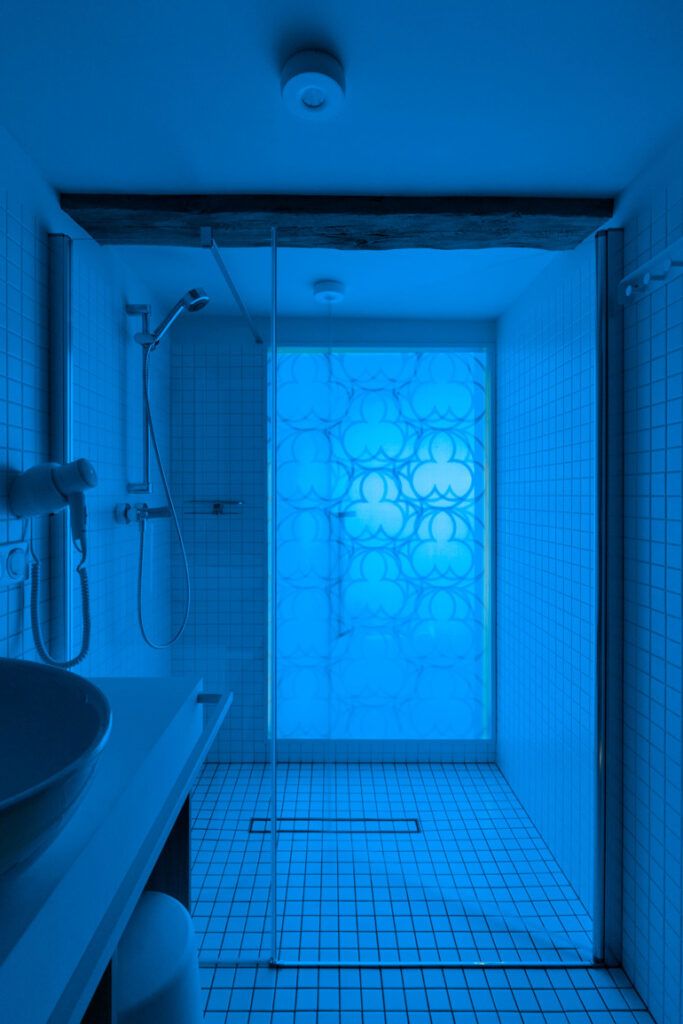
“Due to the unusual history of the city, the architectural detail has become the inspiration for the project,” says Znamy Sie. “Nine apartments were designed on three floors. On the second and third floor, there are two-story apartments with mezzanines. On the fourth floor there is a one-level, but with locally high ceilings illuminated by roof windows. As a result, higher and better-lit living spaces were obtained. The project refers to the unusual character and climate of the city of Torún. Each of the apartments is completely different, which is largely due to the irregularity of the old building but above all from the individual detail.”

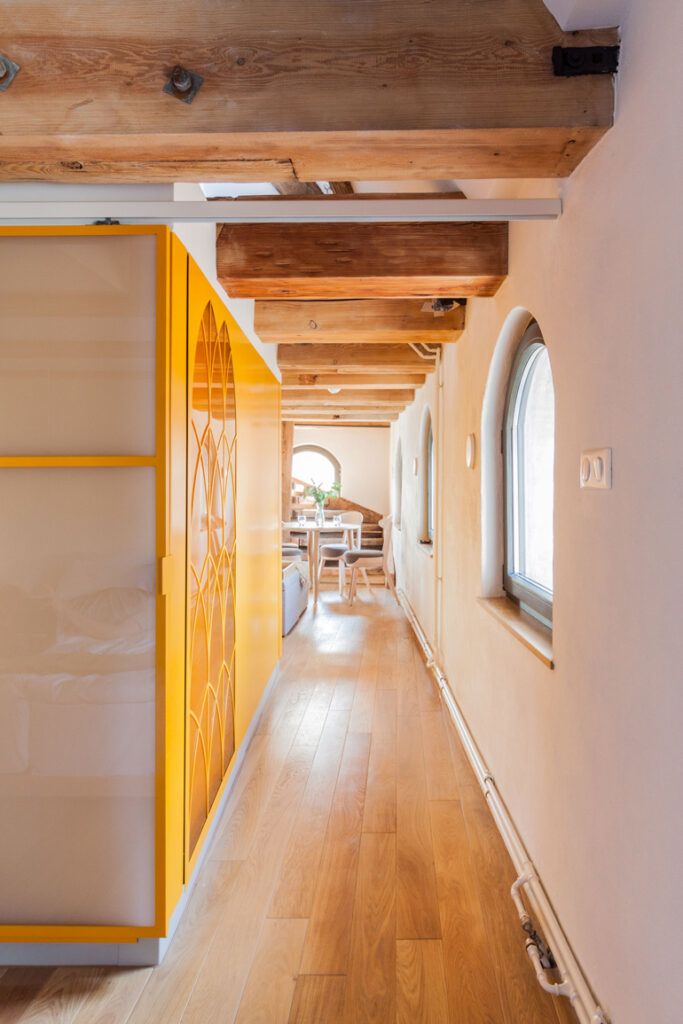

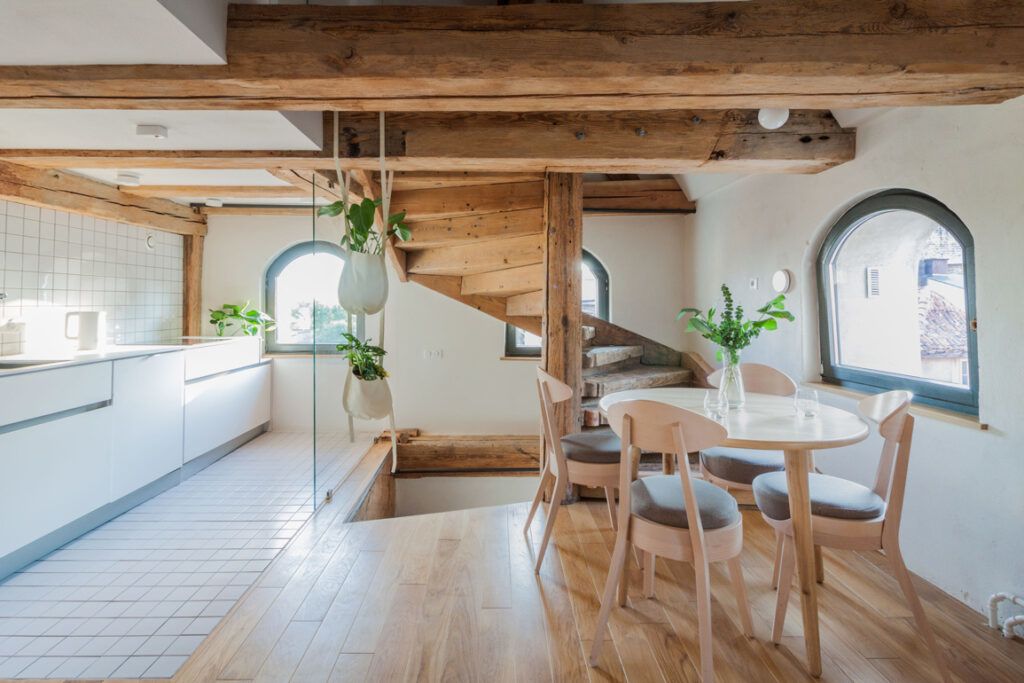
“Certainly stained glass windows will create a unique atmosphere in the interior, becoming a non-obvious element that changes in the direction of the sun’s rays. In the apartments, the historic features of the building have been confronted with modern materials and elements of interior design.”




